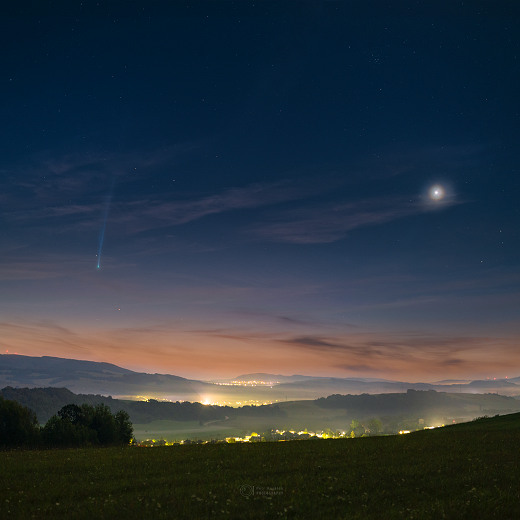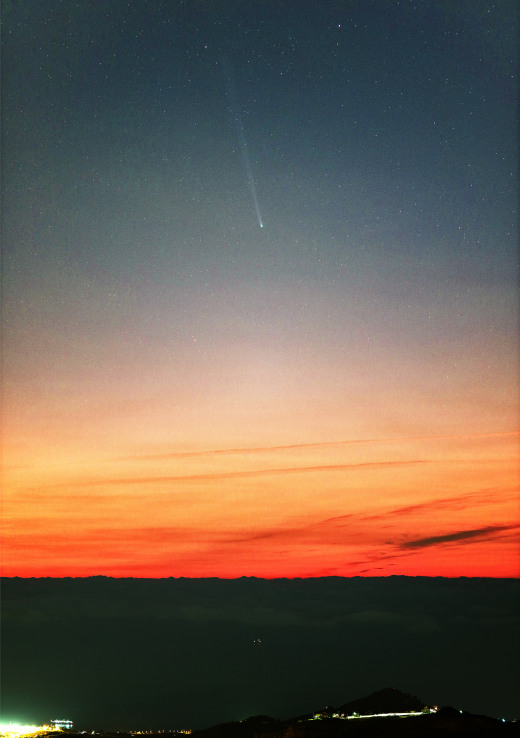
#Comet #Nishimura entered the field-of-view of STEREO's inner Heliospheric Imager (HI-1) on September 17th. This movie shows considerable interaction of the comet's ion tail with the solar wind, along with a possible glancing blow from a coronal mass ejection in the September 22-23 timeframe. Toward the end of the movie, at the start of the day on September 23, the comet appears fainter and the movie appears to slow down. This is due to a pre-planned change in the observing mode for a science campaign unrelated to the comet. The HI-1 image cadence is increased from once every 40 minutes to once every 20 minutes, with a corresponding decrease in exposure time.
https://stereo.gsfc.nasa.gov/gallery/item.shtml?id=stereoimages&iid=238
One person like that







